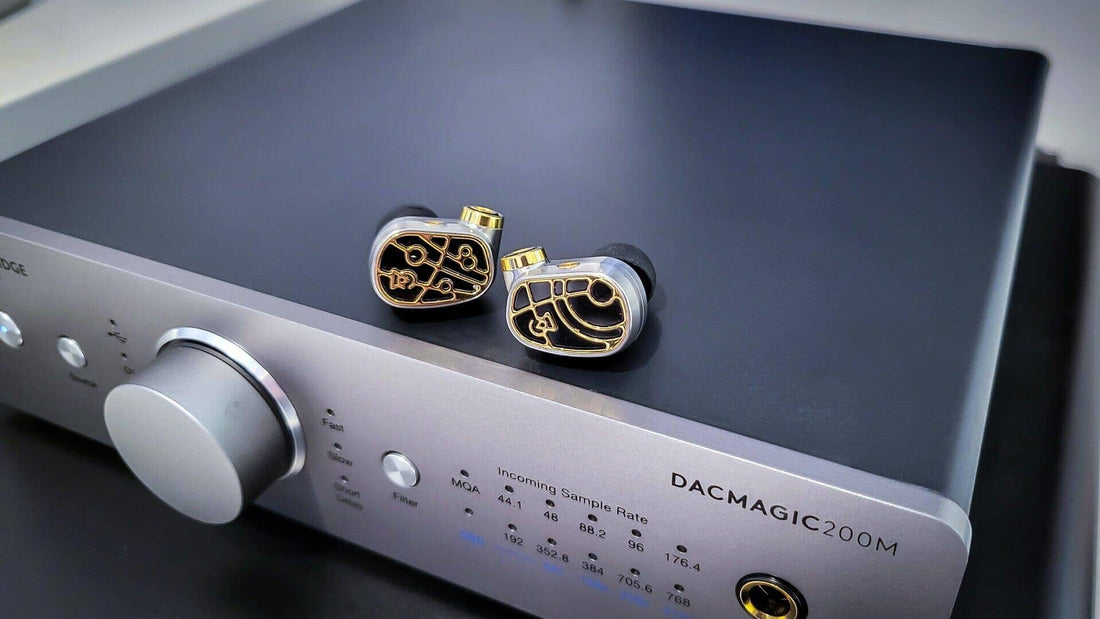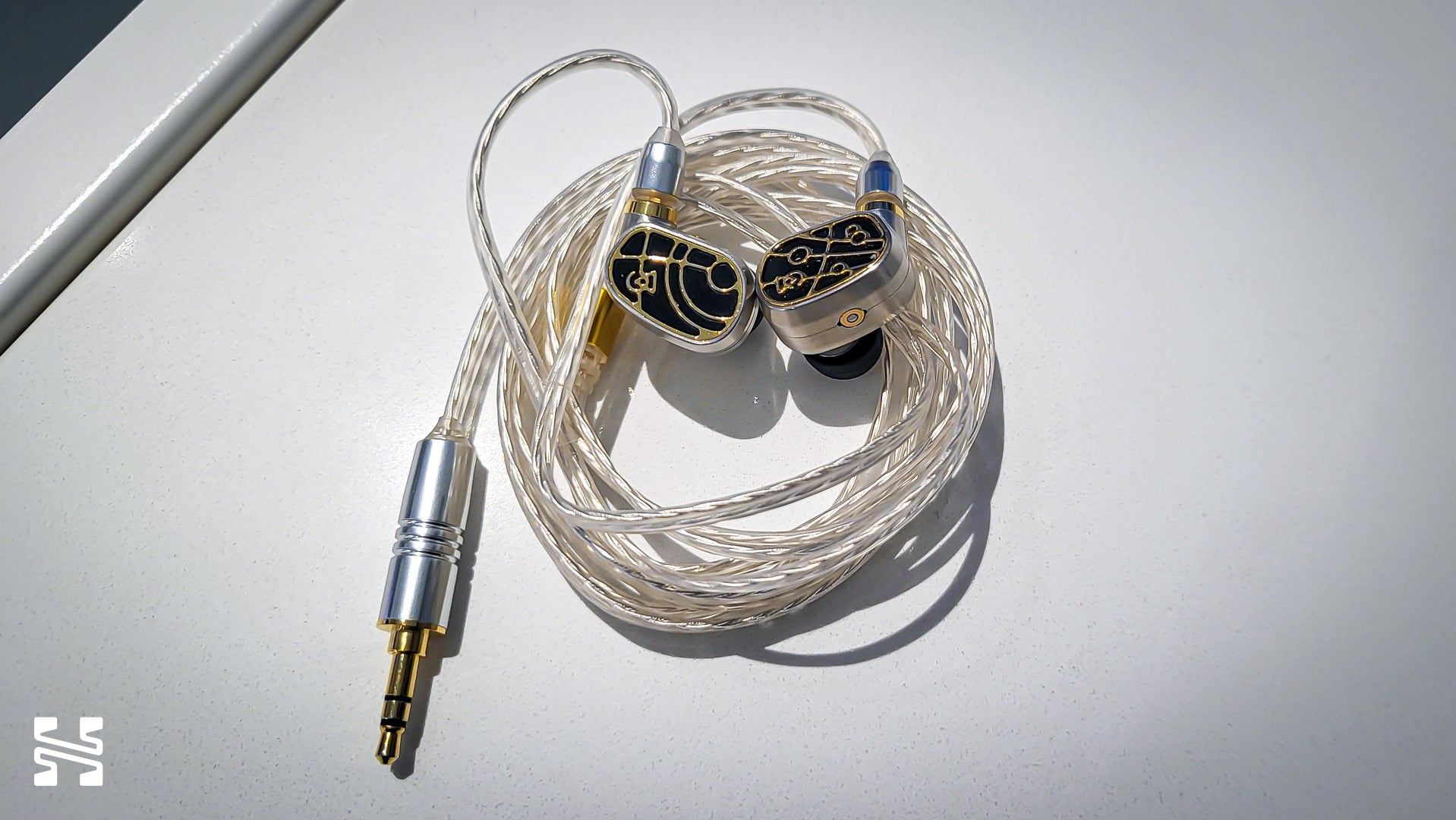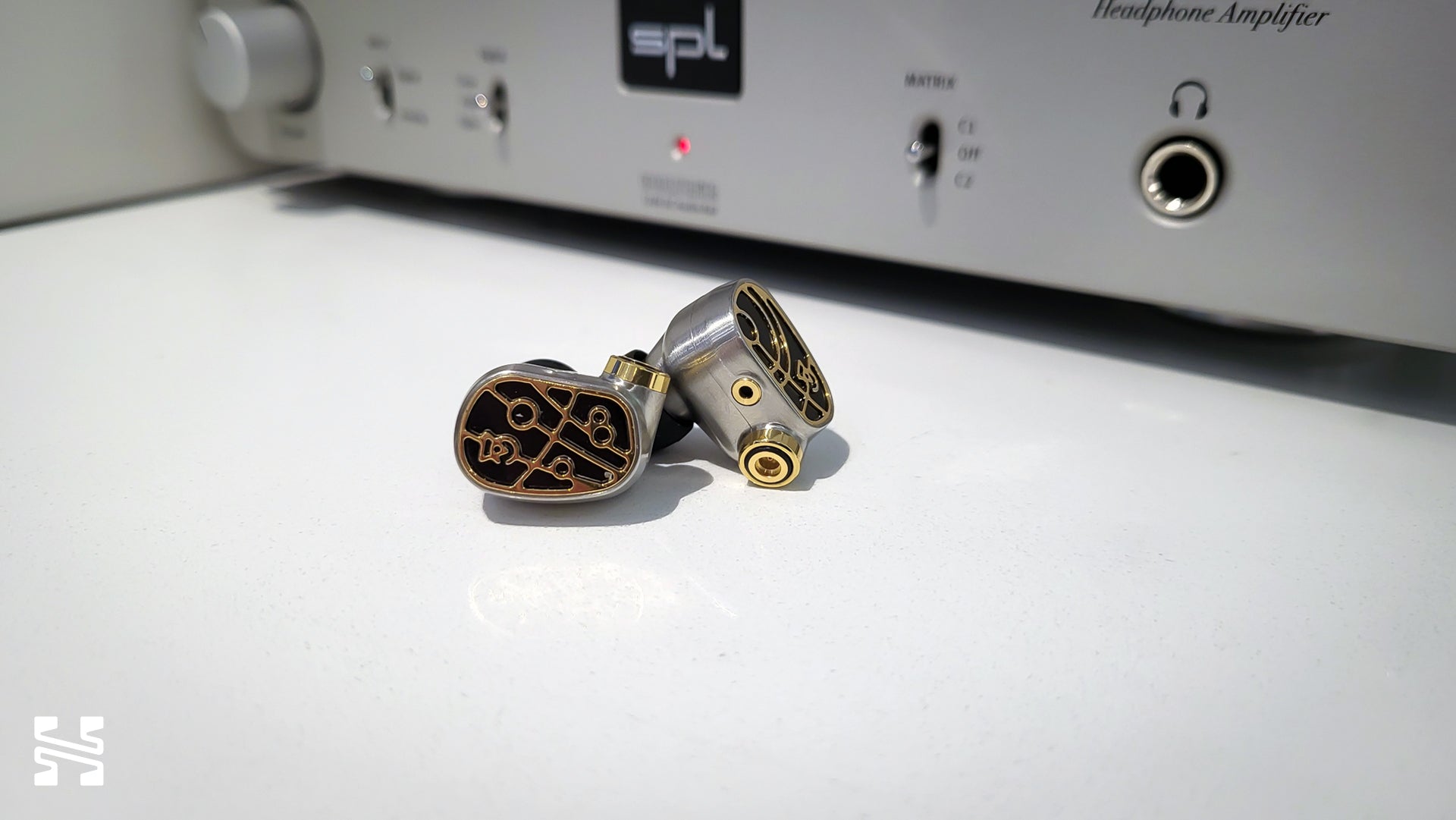Campfire Audio Solaris Stellar Horizon Impressions - Campfire Audio’s Best IEM

Introduction
For 2023, Campfire Audio has once again released new variants of their two most popular IEMs: the Andromeda and Solaris. Dubbed the Andromeda Emerald Sea and Solaris Stellar Horizon, they represent an “all-new chapter” and “full re-envisioning” of these IEMs respectively. The Solaris Stellar Horizon particularly interested me. At $2,670 USD, it’s no longer Campfire Audio’s most expensive product (that honor goes to the Trifecta that I wrote about here), but I would consider it a more reasonable option. A refresh of an ex-flagship with a traditional 3 balanced armature + 1 dynamic driver configuration, let’s see if this new Solaris is truly stellar.
Shoutout to Bay Bloor Radio in Toronto for the opportunity to demo the Campfire Audio Solaris Stellar Horizon and more.
Note that this is an impressions article, not a full review. It’s an expanded “first look” rather than an in-depth analysis conducted over multiple days and dozens of listening hours. It will give you a good idea of my initial thoughts on these products but these may be subject to change with further ear time.
Build and Fit
The design of the Solaris Stellar Horizon is easily my favorite of all the Campfire Audio products. Made of a brushed stainless steel shell with brass-gold accents on a black faceplate, it’s both visually striking and feels comfortingly substantial in hand. While the shells are on the larger side, I didn’t have an issue with them in terms of fit and comfort. The nozzle is reasonably long to get a nice seal without having the shell pressed closely against my ear. Unfortunately, there is still some driver flex with the Solaris Stellar Horizon, but not as bad as some of Campfire Audio’s previous models.
It comes with Campfire Audio’s new generation flat 2-core transparent-white cable that I’m not much of a fan of since it reminds me of the old KZ cables. That said, I do think the cable has ergonomic merits: it doesn’t tangle much and has very little cable noise. And with previous Campfire Audio products, the MMCX connectors used are of the highest quality.

Sound
I’m pleased to report that the sound of the Solaris Stellar Horizon is quite good indeed. It sounded surprisingly similar to the 64 Audio U4s and Nio that I was demoing at the same time.
It’s tuning is a bit of a U-shape. There’s a substantial bass shelf, a thick midrange, and even-keeled treble. The bass hits reasonably hard but there is a slight pillowyness right towards the tail-end of the notes, particularly in the subbass. The bass is on the boomy side rather than punchy, with rounded transients. It’s not an exacting IEM; it’s a fun sounding one.
This bass shelf extends well into the lower mids but it merges comfortably without coming off as bloated. It leads to Campfire Audio’s signature lush midrange. Thankfully, the Solaris Stellar Horizon has a sufficient amount of upper mids to balance the lower mids’ emphasis. It specializes in male vocals, emphasizing that deeper vocal timbre. Female vocalists with a similar range have a similar effect but for singers with a naturally higher pitch, there is a definite coloration to their tone that dampens their energy.

The treble of the Solaris Stellar Horizon is standout. It extends excellently from the lower treble all the way into the higher octaves, though it can be just a little bit bright at the top compared to other IEMs that aren’t as extended. There are a couple of minor peaks here and there that lend a tasteful liveliness. Hats and cymbals are emphasized just enough to bring out their brilliance and character without being overbearing. Vocal sibilance is not an issue.
On a technical level, the Solaris Stellar Horizon performs appropriately as a high-end IEM. There’s a good amount of resolution, partly complemented by its treble performance. Soundstage is large and enveloping with plenty of space between instruments to play around and layer on top of each other. Imaging is nuanced with a nice central image and effortlessly-placed peripheral instruments.
Unfortunately, I didn’t have a chance to measure it like I normally would. I did see a frequency response graph of it afterwards that indicated a generally-ideal-looking graph except for a large dip in the 3 kHz region. But honestly, I really didn’t pick up on that much of a dip during my audition other than the aforementioned dampening of certain female vocals. Possibly it was the test tracks I was using that day but I think the way its treble is filled out helps sustain vocal presence and retain rest of the upper harmonics.
Conclusion
The Solaris Stellar Horizon is probably my favorite IEM from Campfire Audio’s line-up. It has an enjoyable tonal profile, satisfactory high end technical performance, and an awesome aesthetic. The biggest problem however is its price. At $2,670, that’s more than a 75% increase over the original Solaris that was released at $1,500. It might be more justifiable if it was the only IEM on the market that provided this type of performance. However, I really meant it when I said it’s quite similar to the 64 Audio Nio ($1,699) and U4s ($1,099). With those two IEMs costing significantly less than the Solaris Stellar Horizon, it’s hard to recommend when they’re all roughly on par with each other (with minor flavor differences).
But of course, high end audio is very much a luxury hobby. Beyond a certain price, absolute value becomes less important than a personal connection - be it to the sound, the brand, aesthetic design, or just plain exclusivity. Whatever it is, for fans of Campfire Audio I can vouch for the Solaris Stellar Horizon’s performance as one to watch out for.
